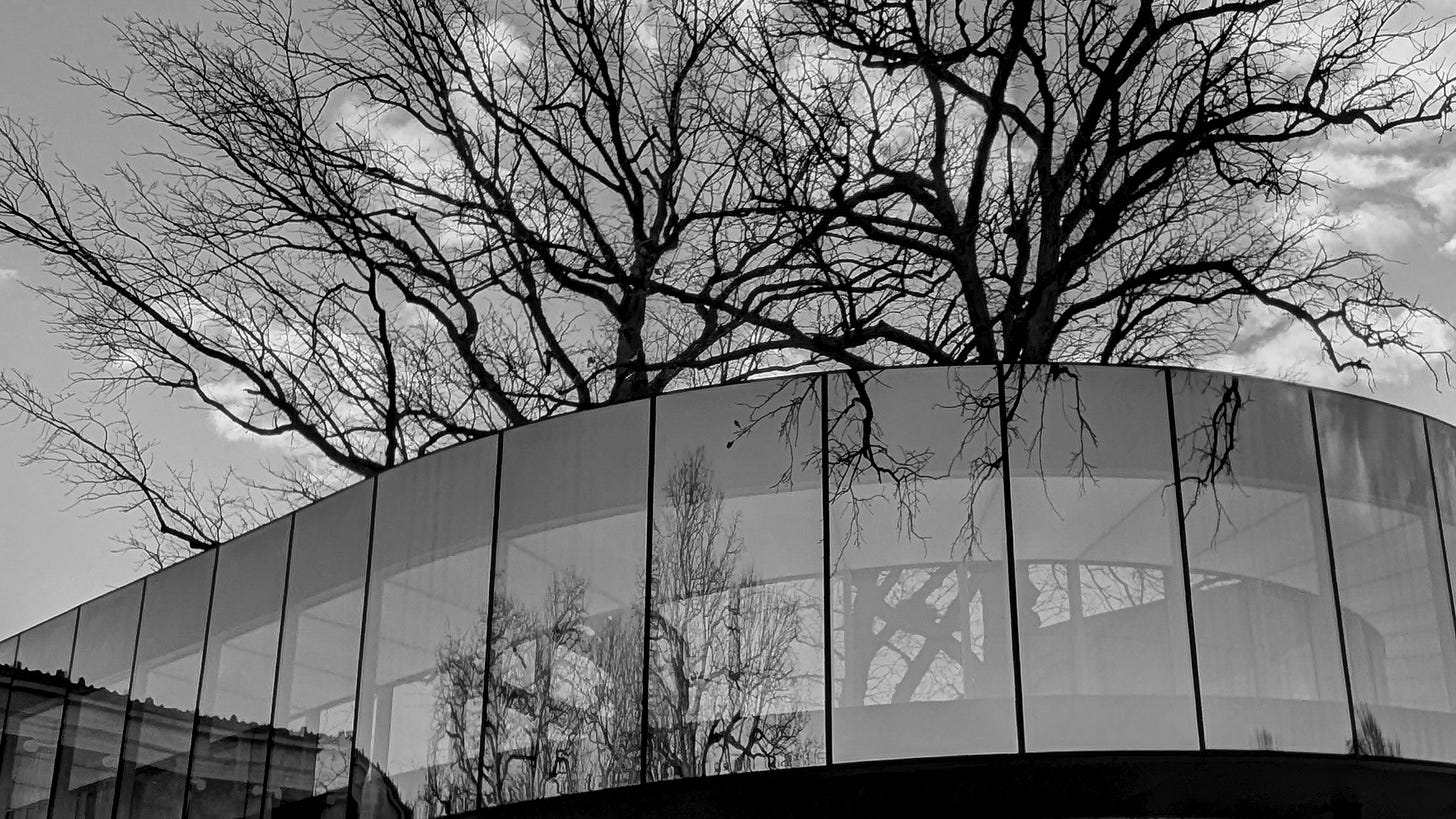When you cook, and you add an ingredient, you select between a complement and a contrast: what you toss in the dish will either enhance the current flavor or present the unexpected to your tongue. Knowing what you’re doing in these moments—and not just lathering flavor upon flavor, constructing a hodgepodge of undifferentiated tastes—is pretty much step one if you want to be a chef. There aren’t, strictly speaking, any rules, though there are certainly distressed houseguests, and a fair portion of atrocious meals are the consequence of a chef who mistakes contrasts for complements. So it’s fine when dry basil accents a sweet tomato, or when you serve chilled fruit over a warm cake, but you probably don’t want to pour maple syrup on a fillet of salmon, unless your idea of cuisine is to ruin two ingredients in one dish.
Although this principle isn’t constrained to the kitchen. You could wear a brown belt with black shoes if you absolutely insist, just as you could decide to start playing weepy, sentimental music at a cheerful party, because the choice is almost always whether you’re seeking a complement to enhance the environment or a contrast to take you somewhere new. And this is also the same choice that arrives whenever you examine the emotional charge in a story.
A striking example of this dynamic at its most extreme is in Wes Anderson films. Regardless of whether you appreciate his sensibilities and techniques, his films have an undeniable, consistent aesthetic, with nearly all scenes captured in an exaggerated, idealized symmetry—the backgrounds and objects and characters centering every shot in a style that’s unmistakable. Your own sensibilities will determine whether you find this artful or maddening, but you should note how this rarefied symmetry contrasts with the rollicking, farce-like storylines, and how that symmetry also contrasts with the hyperbolic, foolhardy characters that populate all of his films.
There’s plenty of commentary about his work, both praise and dismissal, with the stylistic element almost always the primary subject of discussion—but it isn’t typically mentioned that he creates a symbiotic relationship between character, story, and setting. The immaculate aesthetic isn’t incidental to the rompish storylines. It is a contrast that serves Anderson’s purpose, and you can easily test that by imagining the same script shot in a more conventional style.
The larger point is that drama often occurs in the space between characters. How the complements and contrasts unfurl is what provides the propulsion. Characters in good stories act as magnetic charges, either attracting or repelling those around them, but the dynamic can also be subtler, more elusive, part of the story’s background, more thematic than direct. In a good story these elements work in harmony, so that every piece—character, story, setting—is necessary to solve the puzzle. Tensions rise and fall, expectations build, the rhythm thrusts the story forward. Which is just another way of saying that whenever you see the characters in a Shakespeare production laughing on the stage, be prepared for murder in the next scene.
And nothing about this dynamic changes if you look at the smallest components of a story. In a single sentence a character might be described as handsome, bright, and driven, with the very next sentence either meeting those expectations or, conversely, shattering them to keep the reader engaged. A little too much of the former causes the story to look slow, while a little too much of the latter causes the story to look disjointed. The balance is also about how the sentences are structured. A long, meandering sentence, with numerous detours, strange dead-ends, endless clauses that seem to continue far beyond any reasonable intention so that the reader completely forgets the original verb and thrust of the argument, bestows a particular sensibility, one that’s very different from a sharp, blunt description that creates a completely different effect. Possibly. At times. But it risks predictability. And these are crucial choices, with the momentum of the sentences shaping how the reader feels about the story.
Much like the chef who intuits how to strengthen a sauce or sweeten a bitter ingredient, a storyteller intuits that there are times for the familiar and times for the unexpected. But I’m not surprised that this dance is so intrinsic to storytelling, that it is an element that’s essential to the construction of our narratives, as we do, of course, move through the world in a series of attacks and retreats, oscillating from moments of exploration to moments of stability, wanting to complement what we enjoy until we, abruptly, need a contrast that’s new. Nothing stops the search for the next flavor, just as nothing stops the need for relentless, absorbing rhythms in our art.


